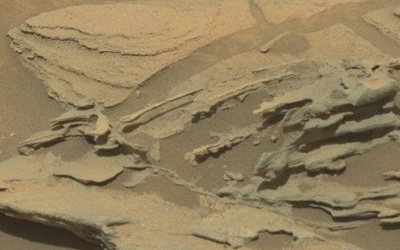The competition heats up: According to one XCOR official, its first Lynx suborbital spacecraft is 6 to 9 months from launch.
Peck estimated that XCOR is six to nine months away from the Lynx 1’s first flight. The main structure is complete and the wing mounts are being made. Once the craft is put together, the team in Mojave will do ground testing at the Mojave Air & Space Port. Peck cited the longer runway at Mojave and the ability to do extensive testing there without shutting down a commercial airport as reasons for doing the test back in California. …
As the Lynx 1 approaches completion, the team is already starting to work on components for the Lynx 2, according to Peck. Peck described the Lynx 1 as a testing vehicle, while the Lynx 2 will be the vehicle that first transports paying customers into suborbital space. The Lynx 3 will be similar to the 2 except that it will have a dorsal pod to carry experiments and microsatellites. [emphasis mine]
I know many space activists have been repeatedly annoyed at me for my continued skepticism of XCOR, but the highlighted news above, that the Lynx craft under construction is only a test vehicle, illustrates why I am skeptical. Until now XCOR has never stated publicly that this Lynx craft was only for testing. Instead, their press releases and public comments have implied that after testing it would be used for paying passengers.
Then there is this: Their last press release update about Lynx’s construction is no longer available on the web. Nor are other press releases. In my experience, legitimate companies do not put their press releases into the memory hole, they keep them available because they help generate publicity. Companies that make them vanish, however, are usually hiding something, and are also generally the companies that in the end do not accomplish what those press releases promise.
Back in 2012 XCOR promised that Lynx would begin test flights that year. They did not. Delays like this are understandable, and are not a reason by itself to be skeptical. Repeated failures to deliver promises however are reasons to be skeptical. For example, they first announced Lynx to great fanfare in 2008, saying then that they hoped to be flying in two years. I did not believe it then, and I was right.
I truly want XCOR to succeed, but I also am not willing to be a PR hack for them. They need to do it for me to believe them.



 />
/>
